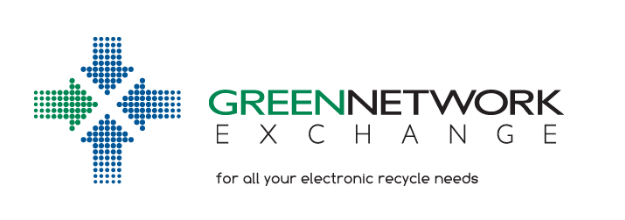
Electronic waste continues to expand worldwide, but the narrative today is no longer just about rising volumes. According to Green Network Exchange, Inc. (GNE), a green technology company, the real story is how policy, technology, and new business models are transforming how outdated devices are managed.
One of the most significant changes has been the steady expansion of regulatory frameworks, particularly Extended Producer Responsibility programs. These policies require manufacturers to take greater responsibility for the end-of-life management of their products, encouraging design improvements and helping to reduce reliance on informal disposal.

Alongside legislation, certification standards such as R2 and e-Stewards have become industry benchmarks for responsible recycling and secure data handling. "Companies now have clearer ways to verify that their assets are processed safely and ethically, while meeting both compliance and governance expectations," David Williams, founder of GNE, shares.
At the same time, the technical landscape of recycling is advancing quickly. Innovative methods are being developed to recover materials from printed circuit boards and batteries, aiming to enhance the efficiency of extracting valuable elements like gold, copper, and rare earths. "These innovations are helping make recovery processes more sustainable and financially practical, gradually transforming materials once considered waste into a potential source of valuable resources," he says.
The growth of information technology (IT) departments and refurbishment markets has also created pathways for devices to be tested, reconditioned, and returned to use. For many organizations, this helps extend hardware lifespans, reduce capital expenditures, and align with sustainability commitments.
Circular business models are gradually gaining momentum as well. Approaches like leasing, device buy-back initiatives, and traceability tools are helping guide equipment back into secure, certified pathways. A broader shift from the traditional linear model of purchase and disposal toward a more circular system could lead to reuse and resource recovery playing an increasingly important role.
Within this evolving landscape, Green Network Exchange has built its role as a practical enabler of these solutions. Since 2009, the company has operated across New England as a provider of secure IT asset disposition, refurbishing, and recycling. Its process is built on a reuse-first philosophy. Electronics that meet diagnostic standards are refurbished and resold at accessible prices, giving budget-conscious organizations reliable hardware while diverting equipment away from landfills. Devices that cannot be refurbished are carefully disassembled, with metals, plastics, batteries, and circuit boards directed to recovery partners.
Data security is another central pillar of GNE's model. The company provides detailed audit reports, serial number spreadsheets, and certificates of data destruction, allowing organizations to decommission hardware, reducing risk to compliance or governance standards. "This focus on secure and documented disposal aims to give IT teams confidence that their obligations are fully met," he explains. GNE also contributes through community engagement, organizing collection events that consolidate devices, reduce contamination, and build public trust in formal recycling.
Overall, the story of e-waste is no longer defined only by its risks but increasingly by the systems and partnerships reshaping how it's managed. Stronger regulations, recognized certifications, better recovery technologies, and growing reuse markets are together creating scalable solutions.
Green Network Exchange embodies this shift by connecting organizations, communities, and recyclers in ways that keep equipment in circulation, recover valuable materials, and simplify compliance. "Before, the challenge was whether e-waste could be managed," he says. "Now, it's about ensuring it's addressed with foresight and determination. Our goal at GNE is to lead that charge and prove that responsible, scalable solutions aren't just possible but already underway."
ⓒ 2025 TECHTIMES.com All rights reserved. Do not reproduce without permission.




